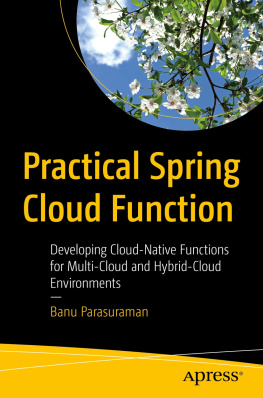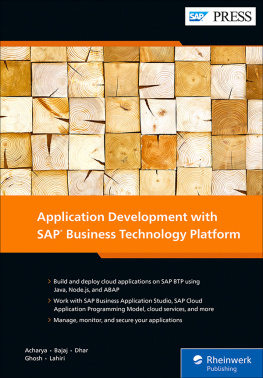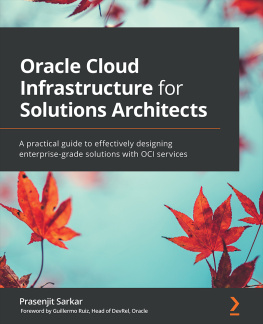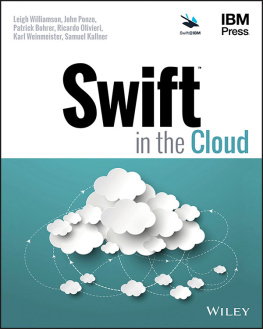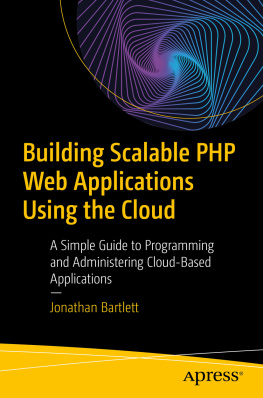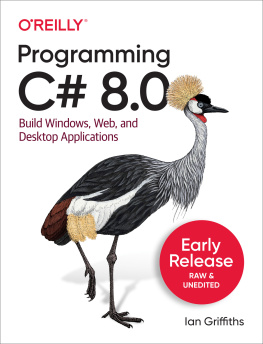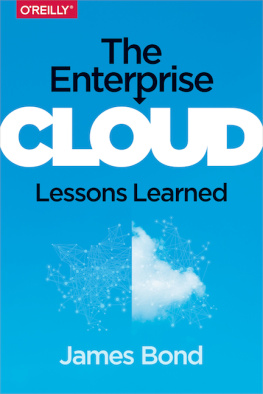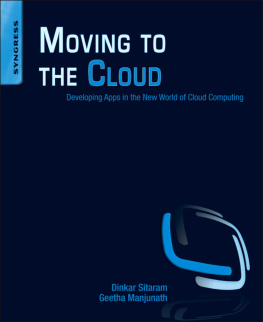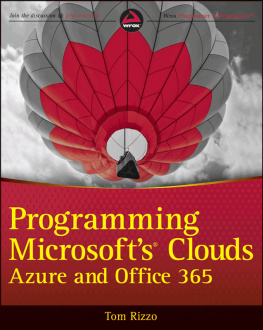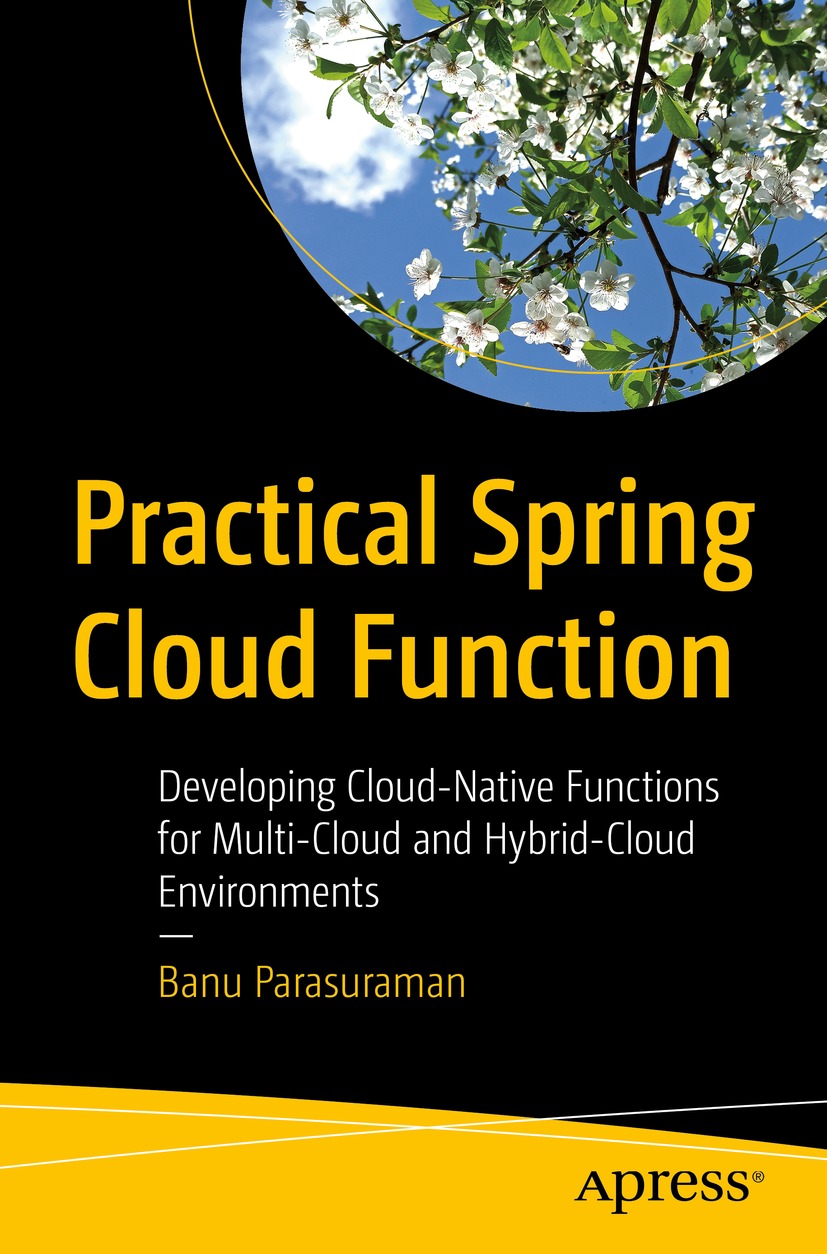Banu Parasuraman - Practical Spring Cloud Function: Developing Cloud-Native Functions for Multi-Cloud and Hybrid-Cloud Environments
Here you can read online Banu Parasuraman - Practical Spring Cloud Function: Developing Cloud-Native Functions for Multi-Cloud and Hybrid-Cloud Environments full text of the book (entire story) in english for free. Download pdf and epub, get meaning, cover and reviews about this ebook. year: 2022, publisher: Apress, genre: Computer. Description of the work, (preface) as well as reviews are available. Best literature library LitArk.com created for fans of good reading and offers a wide selection of genres:
Romance novel
Science fiction
Adventure
Detective
Science
History
Home and family
Prose
Art
Politics
Computer
Non-fiction
Religion
Business
Children
Humor
Choose a favorite category and find really read worthwhile books. Enjoy immersion in the world of imagination, feel the emotions of the characters or learn something new for yourself, make an fascinating discovery.
- Book:Practical Spring Cloud Function: Developing Cloud-Native Functions for Multi-Cloud and Hybrid-Cloud Environments
- Author:
- Publisher:Apress
- Genre:
- Year:2022
- Rating:3 / 5
- Favourites:Add to favourites
- Your mark:
Practical Spring Cloud Function: Developing Cloud-Native Functions for Multi-Cloud and Hybrid-Cloud Environments: summary, description and annotation
We offer to read an annotation, description, summary or preface (depends on what the author of the book "Practical Spring Cloud Function: Developing Cloud-Native Functions for Multi-Cloud and Hybrid-Cloud Environments" wrote himself). If you haven't found the necessary information about the book — write in the comments, we will try to find it.
Unlike other resources that target only programming communities, this book targets both programming and business communities. With programming models shifting more towards no-code and low-code, citizen programmers from the business side will welcome this book as a guide for how to design and optimize their information pipeline while lowering costs for infrastructure. Programmers, on the other hand, will welcome this books business-centric programming view, which will get them a step closer to fulfilling real business requirements.
Practical Spring Cloud Function touches on the themes of portability, scalability, high performance and high availability. Each theme is explored via a real enterprise use case and code. The use cases target industries including energy (oil pipeline sensors), automotive (event-driven connected vehicles), and retail (conversational AI).
After reading this book, youll come away with the know-how to build and deploy cloud-native Java applications effectively and efficiently.
What You Will Learn
- Write functions and deploy to Amazon Web Services, Microsoft Azure, Google Cloud, IBM Cloud, and on-prem clouds such as VMWare Tanzu and RedHat OpenShift
- Set up locally with KNative on Kubernetes, as well as on AWS, Azure, GCP, Tanzu, and others
- Build, test, and deploy a simple example with Spring Cloud Function
- Develop an event-driven data pipeline with Spring Cloud Function
- Integrate with AI and machine learning models
- Apply Spring Cloud Function to the Internet of Things (IoT)
- Get industry-specific examples of Spring Cloud Function in action
Who This Book Is For
Software and cloud-native application developers with prior programming experience in the cloud and/or Spring Framework. DevOps professionals may find this book beneficial as well.Banu Parasuraman: author's other books
Who wrote Practical Spring Cloud Function: Developing Cloud-Native Functions for Multi-Cloud and Hybrid-Cloud Environments? Find out the surname, the name of the author of the book and a list of all author's works by series.

